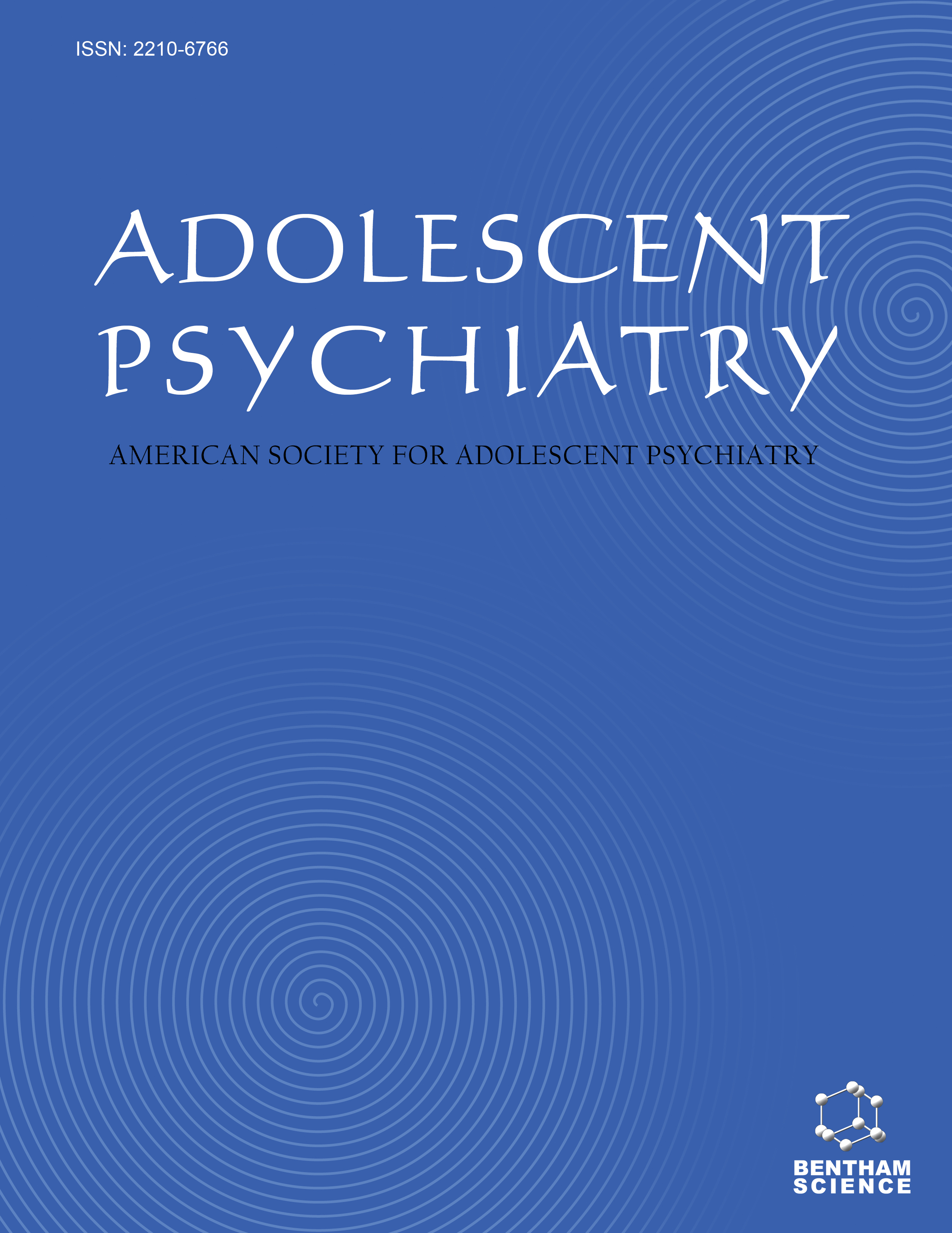
Full text loading...
We use cookies to track usage and preferences.I Understand
This systematic review aimed at exploring the impact of the coronavirus pandemic on adolescents’ psychosomatic problems and whether the pandemic differentially impacted different genders. It also explored whether particular clusters of psychosomatic problems, viz., psychological, somatic, and musculoskeletal, manifested more post-pandemic than before.
An extensive search of eight electronic databases for studies published/conducted between 2014-2018 for pre-pandemic prevalence of psychosomatic problems among adolescents (11-17 years) and for studies published and conducted between 2019-2023 during/post-pandemic prevalence resulted in the final selection of 38 studies. This included 25 pre-pandemic studies, six studies published and conducted during/after the pandemic, and seven studies that reported pre-post-pandemic comparison. The review was reported following PRISMA guidelines. ROBINS-E tool was used for assessing the risk of bias while the JBI Critical Appraisal Tools were used to assess study quality.
Findings showed that sleep problems and headaches dominated adolescent psychosomatic problems pre-pandemic. Sleep problems continued to be the most common problem post-pandemic, followed by stomach ache and feeling low, dizziness, irritability, appetite loss, tension, and difficulty concentrating. In general, females reported more psychosomatic symptoms, though limited research explored gender differences. Only one study found improved psychosomatic health post-pandemic, more so for boys than girls. Psychological complaints increased post-pandemic; however, results were mixed about somatic and musculoskeletal complaints after the pandemic. Some studies found no change in post-pandemic psychosomatic symptoms.
Gender-specific, tailored training programs are crucial for enhancing resilience and coping to mitigate the impact of the pandemic on adolescents’ psychosomatic health.

Article metrics loading...

Full text loading...
References


Data & Media loading...
Supplements

